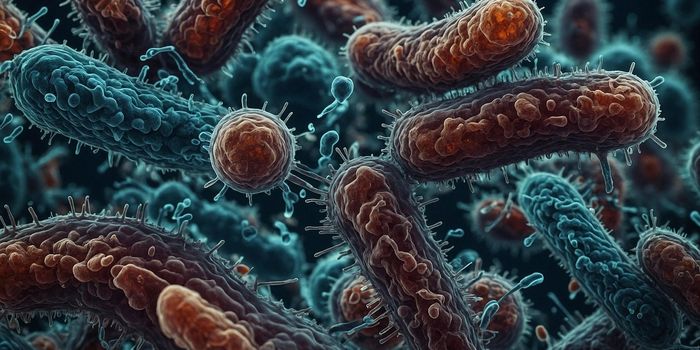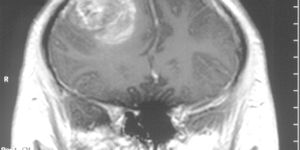Capturing the Transport of Cargo Into Cells
There are treatments for some viral infections and therapies for cancer, one group of such drugs is termed nucleoside analogs. While these drugs work, there is always room for improvement. New research has revealed the movement of a transporter getting these drugs into cells, which could improve drug development for serious illnesses. The work has been published in Nature, and the animation accompanying the work can be seen in the following video.
Nucleoside analogs work by interfering with the cellular machinery hijacked by cancer and viruses. They act like DNA building blocks and get incorporated into new genetic material, which is then compromised by these faulty parts. Such drugs include AZT, a common HIV drug, 5-fluorouracil and gemcitabine, chemotherapy treatments, and acyclovir, a hepatitis B drug.
The researchers found that one molecule is responsible for moving these nucleoside analogs and their normal counterparts into cells. That molecule, concentrative nucleoside transporter, or CNT, can be seen in the animation above slowly moving stuff like from one side of the cell and making periodic stops before reaching the other side of the cell membrane.
"Our study is the first to provide a visualization of almost every possible conformation of this transporter in motion," said the senior author of the report, Seok-Yong Lee, Ph.D., an Associate Professor of Biochemistry at Duke University School of Medicine. "By understanding how this transporter recognizes and imports nucleosides, we may be able to redesign drugs that are better at getting inside specific cells like those harboring cancer or a virus."
The investigators used X-ray crystallography to understand more about how CNT transports nucleoside analogs and nucleotides - the bases of DNA that are required by cells for constructing genetic material (find out more about nucleoside and nucelotides from the video below). They thus obtained atomic level detail about the three-dimensional structure of the transporter protein, and did so as CNT changed shape while moving across the membrane. First the CNT captured a base on the cell surface, and after going through the motions, released it into the cell.
"We found that there is a region on the protein called the transport domain that acts like an elevator, shifting into different conformations as it transports cargo up and down across the membrane," said Lee. "Other studies had shown that many transporters move in this way, but ours is the first to record nearly all of the stages of the elevator model. This more detailed understanding could provide a platform to the future development of drugs that are more selective and efficient."
Lee noted that various transporters that import cargo like metabolites, ions, and neurotransmitters into the cell, have a mode of action that is similar to CNT. This new data could have not only aid in the development of treatments for viral infections and cancer; it may provide insight into other important physiological processes.
Sources: AAAS/Eurekalert! via Duke University, Nature








